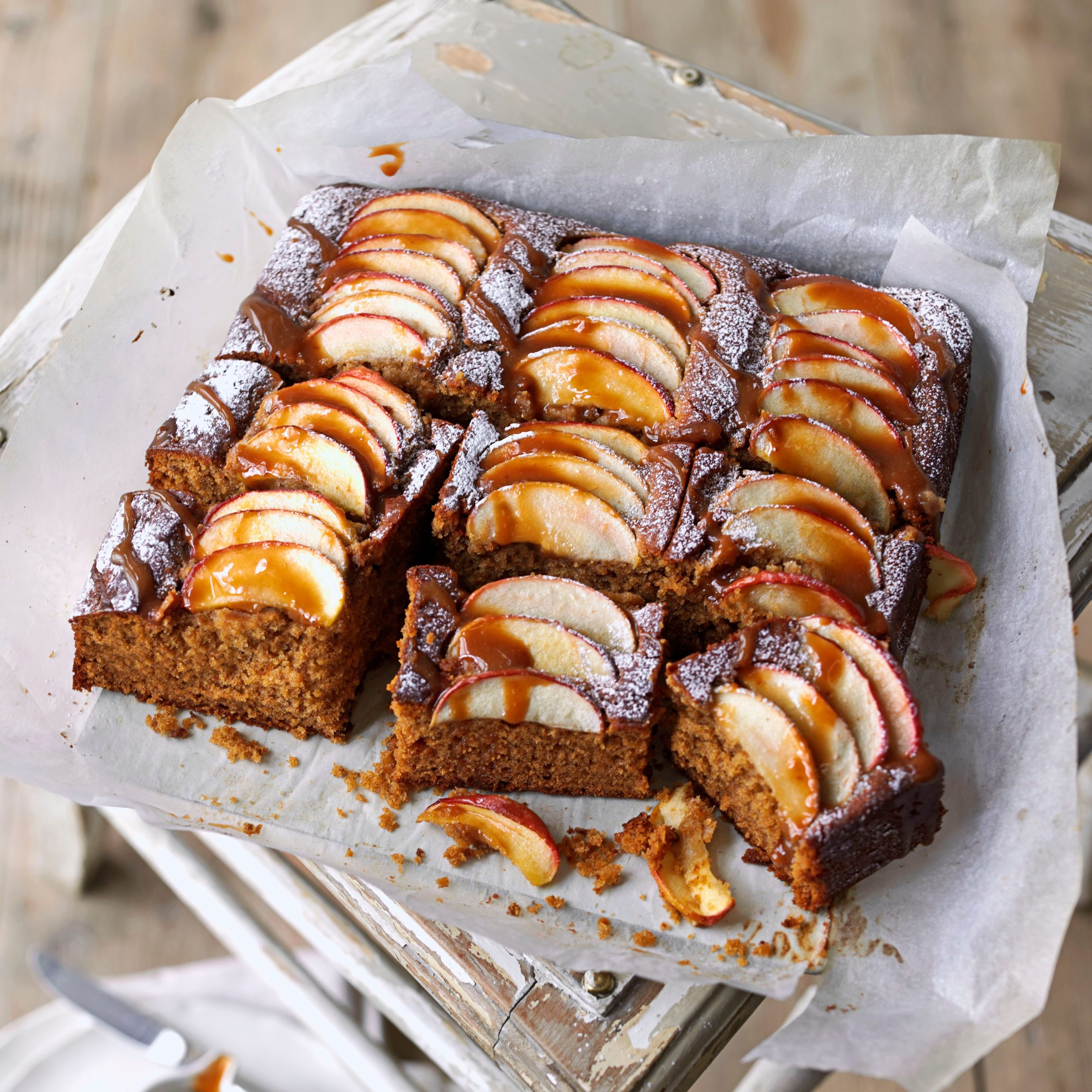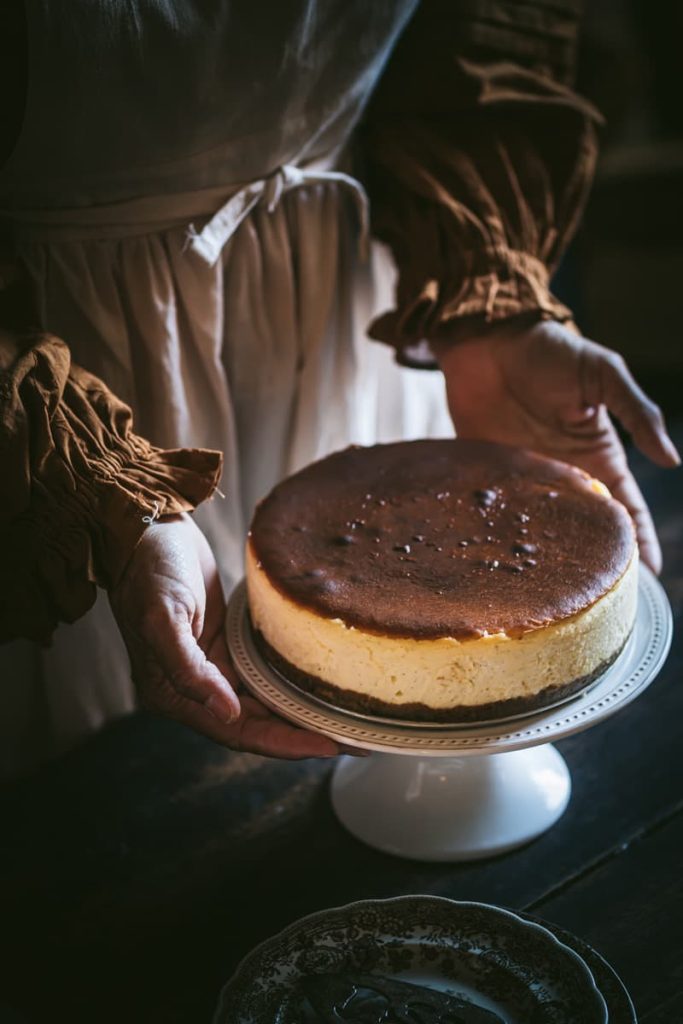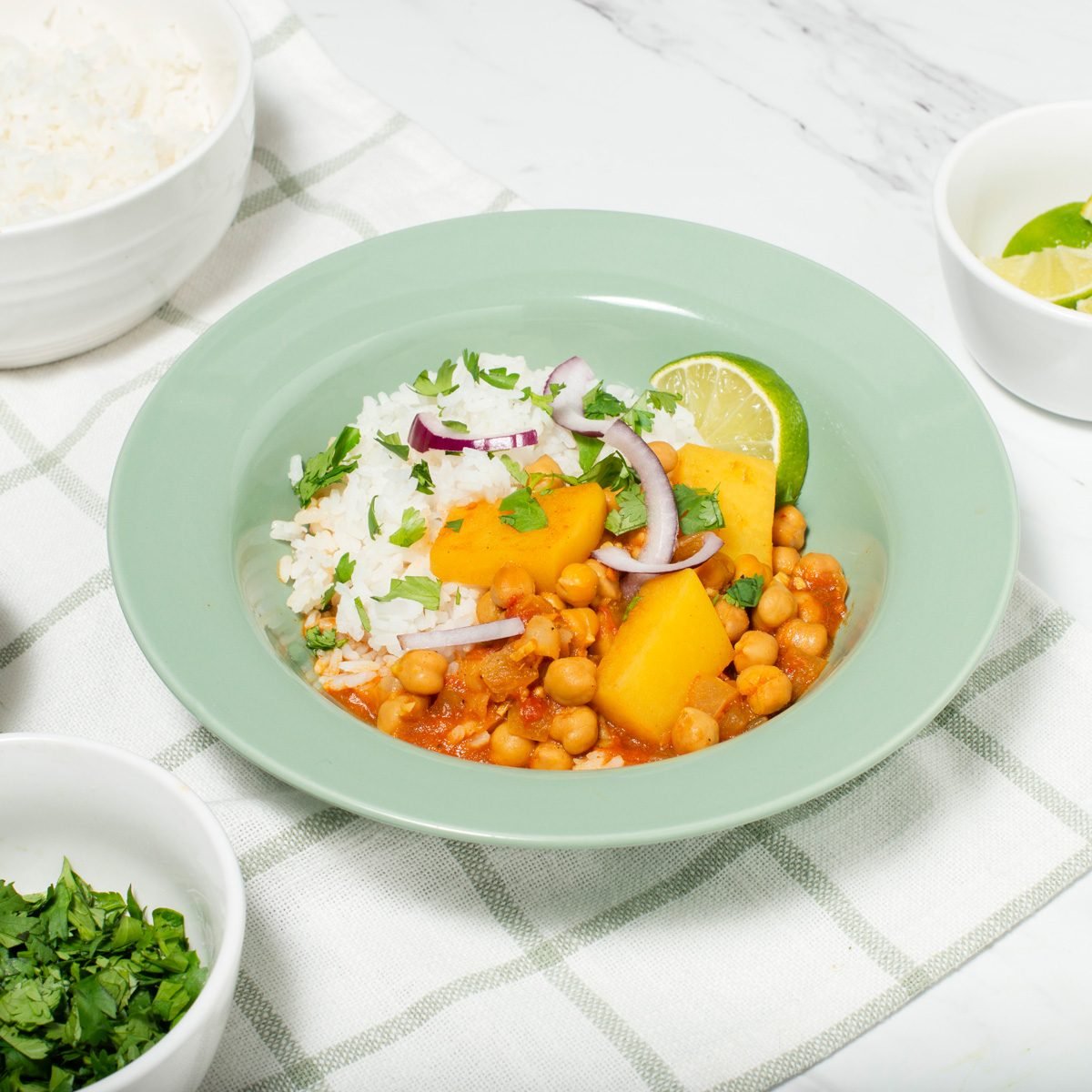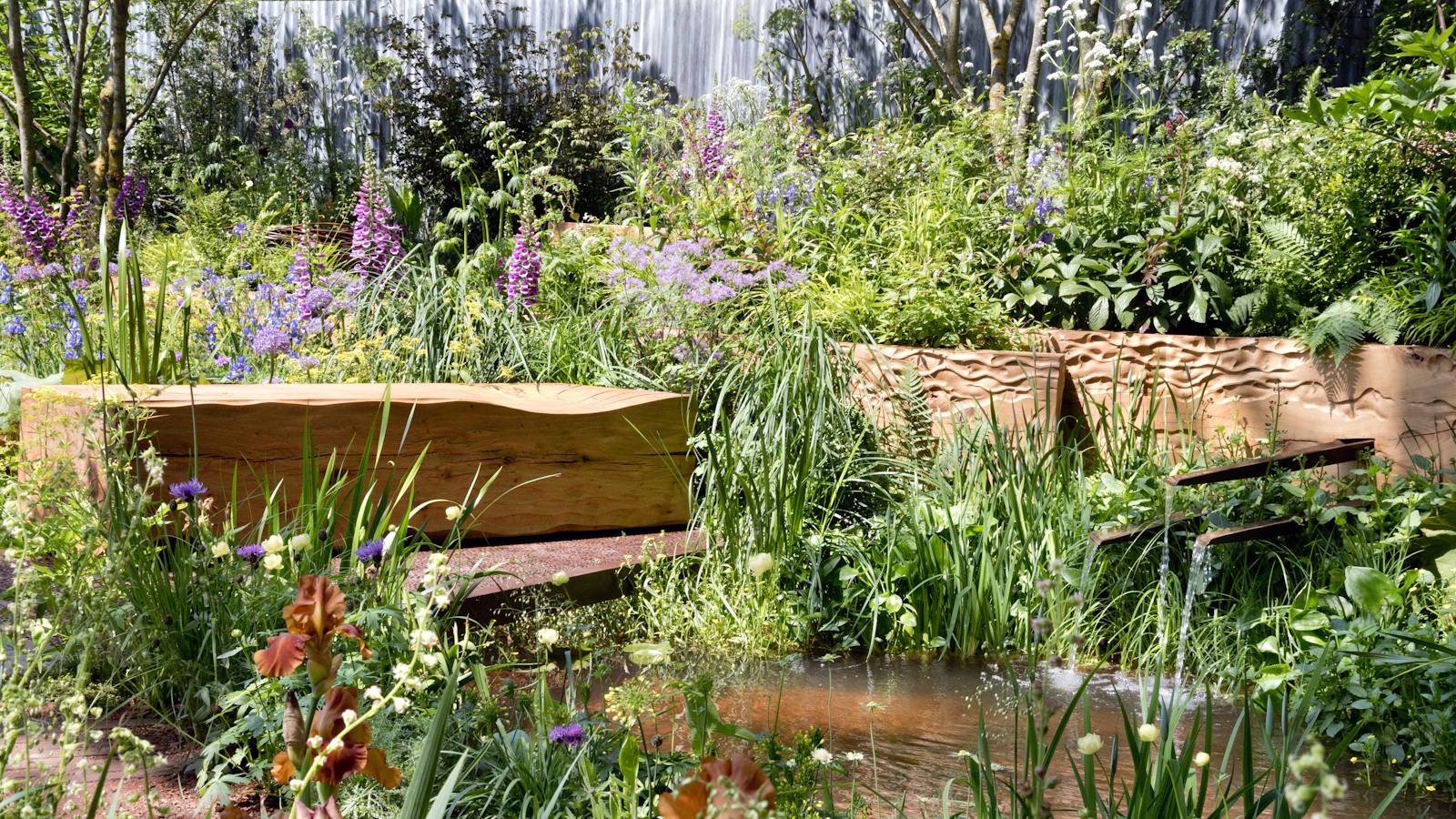Exploring the Art of Baking: Creative Recipes for Beginners

The Joy of Baking
Baking is more than just a culinary skill; it’s an artistic expression that allows your creativity to shine. Imagine the warm aroma of freshly baked bread wafting through your home or the sight of a colorful cake adorned with sprinkles that brings a smile to everyone who sees it. Whether you’re a novice in the kitchen or trying your hand at baking for the first time, the journey into the world of flour, sugar, and butter can be exhilarating and rewarding. Many bakers find that baking is not only a way to make delightful treats but also a therapeutic experience that fosters mindfulness and a sense of accomplishment.
Getting started is easier than you think. Here are some key aspects to inspire your baking adventure:
- Accessibility: Most baking ingredients are easy to find and affordable. Common staples like flour, granulated sugar, eggs, and baking powder are found in almost every grocery store across the United States. Specialty items, like almond flour or food coloring, can also be procured with ease at local supermarkets or online.
- Variety: There’s a wide range of recipes—from classic chocolate chip cookies to innovative artisan breads. Each recipe can introduce you to different techniques, such as creaming butter and sugar for a light cookie or kneading dough for a hearty loaf. This variety can keep your baking endeavors exciting and fresh.
- Satisfaction: The joy of creating something delicious that you can share with family and friends is unmatched. Whether it’s whipping up a batch of brownies for a potluck or baking a cake for a birthday, the smiles and compliments from your loved ones will be rewards in themselves.
In this article, we will delve into creative recipes that are perfect for beginners. Each recipe will be designed to build your skills and confidence, ensuring a blend of fun and learning. For instance, starting with a simple vanilla cupcake recipe can provide insights into the perfect ratio of dry to wet ingredients, a fundamental aspect of baking. As you master these baking basics, you can explore advanced techniques and flavors, truly embracing the art of baking.
From understanding the science behind leavening agents such as baking soda and yeast to experimenting with flavors like citrus or spices, the possibilities in baking are endless. Each ingredient has a role; for example, gluten in flour gives dough its structure, while fats like butter create tenderness in baked goods. So put on your apron, preheat your oven, and let’s uncover the delightful world of baking!
DON’T MISS: Click here to discover how music fuels creativity

Essential Baking Techniques for Beginners
To embark on your baking journey, understanding a few fundamental techniques is imperative. Every recipe, whether it’s for a fluffy cake or a crispy cookie, is grounded in these essential methods. Familiarizing yourself with these techniques will enhance not only your skills but also your confidence in the kitchen.
1. Measuring Ingredients
Accurate measurement is crucial in baking, as even a slight variation can impact the final product. Here are some tips to keep in mind:
- Dry Ingredients: To measure flour or sugar, use a spoon to scoop the ingredient into your measuring cup, then level it off with a straight edge like a knife. Avoid packing it down.
- Liquid Ingredients: When measuring liquids, use a clear liquid measuring cup. Check the measurement at eye level for accuracy.
- Weights vs. Volume: Use a kitchen scale for precision, especially with ingredients like flour and butter; this method is preferred in many professional kitchens.
2. Mixing Techniques
Different recipes require different mixing techniques, which influence texture and structure. Here are some common methods:
- Creaming: This technique involves beating butter and sugar together until light and fluffy. It incorporates air into the mixture, creating a delightful texture in cookies and cakes.
- Folding: Used to gently combine delicate ingredients, like whipped cream or egg whites, with denser mixtures. This method preserves the airiness of whipped components.
- Kneading: When making bread, kneading develops gluten, which gives the dough strength and elasticity. Aim for a smooth and elastic texture, which can be achieved by pushing and folding the dough repeatedly.
3. Understanding Leavening Agents
Leavening agents are the magic behind the rise in your baked goods. They can be classified into three main categories:
- Biological Leavening: Yeast is a common biological leavening agent that ferments sugars, producing carbon dioxide that causes dough to rise. Understanding yeast’s behavior in different environments can improve your bread-baking skills.
- Chemical Leavening: Baking soda and baking powder work through chemical reactions when combined with acids and moisture, creating bubbles that help cakes and cookies rise.
- Mechanical Leavening: This involves incorporating air into batters through mixing or beating, as seen in meringues or chiffon cakes.
With these techniques at your fingertips, you’re well on your way to mastering the art of baking. As you practice, you’ll start to develop a feel for the ingredients and how they interact, paving the way to explore more creative recipes and refine your skills. Remember, baking is all about enjoying the process and embracing the journey towards becoming a skilled baker!
Discovering Baking Techniques that Inspire Creativity
Baking is more than just following a recipe; it is an art form that allows individuals to express their creativity in the kitchen. By exploring different techniques, beginners can develop their unique baking style and discover the joy of experimentation. One fundamental technique is understanding temperature control. From oven preheating to dough resting times, every detail plays a crucial role. For instance, knowing the right temperature to activate yeast can lead to perfectly risen bread. Beginners are encouraged to invest in a reliable kitchen thermometer to take the guesswork out of baking.Another exciting aspect is learning about flavor pairing. Combining ingredients such as chocolate and orange or rosemary and lemon can elevate simple recipes into extraordinary creations. It is essential to be open to testing out unique combinations and taking risks – this is where true baking magic happens!Furthermore, mastering the art of decorative techniques can transform even the simplest recipes into stunning showpieces. Techniques like cake netting, piping, or fondant work can be learned through practice and tutorials available online. These skills not only enhance appearance but can also boost confidence for budding bakers.As you delve deeper, exploring various global baking traditions can significantly enrich your repertoire. From French pastries to Italian focaccia, each culture offers a treasure trove of creative recipes that can be adapted for personal flair. Researching these global baking gems opens a world of flavors and techniques, motivating you to try new things.To aid in this exploration, we have created a table to illustrate some key advantages of engaging with this vibrant culinary art.
| Category | Benefits |
|---|---|
| Culinary Skills Development | Enhances overall baking proficiency, boosting confidence. |
| Creativity and Expression | Encourages self-expression through innovative flavor and design choices. |
By exploring the art of baking, beginners unlock a world where imagination meets flavor. Each recipe mastered not only adds to one’s culinary repertoire but also fuels the joy of creation. Keep pushing the boundaries of your baking skills, and remember that with every cake, cookie, or loaf, you are contributing to a delicious journey of discovery.
Resources to Elevate Your Baking Journey
To further your baking adventures, consider seeking out online baking classes. Platforms like MasterClass, Udemy, and YouTube offer a wealth of information ranging from basics to advanced techniques. Joining local baking groups or attending workshops can also provide hands-on experience, valuable mentorship, and a chance to connect with like-minded baking enthusiasts.
DIVE DEEPER: Click here to explore the intersection of art and technology
Creative Baking Recipes for Beginners
Now that you’ve grasped the essential techniques of baking, it’s time to delve into some creative recipes that are perfect for beginners. Baking can be as simple as pie — pun intended — and experimenting with various flavors and textures can open up a world of possibilities in your kitchen. Here are three delightful recipes that showcase creativity while being accessible to novice bakers.
1. Classic Chocolate Chip Cookies
No baking journey is complete without the iconic chocolate chip cookie. This beloved treat is not only easy to make but also a canvas for customization. Here’s a straightforward recipe:
- Ingredients: 2 1/4 cups all-purpose flour, 1 teaspoon baking soda, 1 teaspoon salt, 1 cup butter (softened), 3/4 cup sugar, 3/4 cup brown sugar, 1 teaspoon vanilla extract, 2 large eggs, and 2 cups chocolate chips.
- Instructions: Preheat your oven to 375°F. In a bowl, whisk together flour, baking soda, and salt. In another bowl, beat together butter, sugar, brown sugar, and vanilla until creamy. Add eggs one at a time, mixing well. Gradually stir in the dry ingredients and fold in chocolate chips. Drop rounded tablespoons onto a baking sheet and bake for 9-11 minutes until golden brown.
Feel free to explore variations by adding nuts, dried fruits, or using different types of chocolate!
2. No-Bake Cheesecake
If you’re looking for something that requires no oven time but still impresses, a no-bake cheesecake is your best bet. This dessert is creamy, rich, and a breeze to whip up:
- Ingredients: 8 ounces cream cheese (softened), 1 cup powdered sugar, 1 teaspoon vanilla extract, 2 cups heavy whipping cream, and a pre-made graham cracker crust.
- Instructions: In a bowl, beat cream cheese, powdered sugar, and vanilla until smooth. In another bowl, whip the heavy cream until stiff peaks form. Gently fold the whipped cream into the cream cheese mixture. Pour into the graham cracker crust and refrigerate for at least 4 hours. Top with fresh fruit or chocolate drizzle for added flair.
3. Lemon Drizzle Cake
This lemon drizzle cake is perfect for brightening up any gathering. It’s moist and tangy, reminding you that simplicity can be incredibly rewarding:
- Ingredients: 1 1/2 cups all-purpose flour, 1 1/2 teaspoons baking powder, 1/2 teaspoon salt, 1/2 cup unsalted butter (softened), 1 cup sugar, 2 eggs, 1/2 cup milk, 1 tablespoon lemon zest, and 1/4 cup fresh lemon juice.
- Instructions: Preheat your oven to 350°F. In a bowl, combine flour, baking powder, and salt. In a separate bowl, cream the butter and sugar until light. Add eggs one at a time, mixing well, then blend in milk, lemon zest, and juice. Gradually incorporate the dry ingredients. Pour the batter into a loaf pan and bake for 45-50 minutes. For an extra burst of flavor, mix lemon juice and sugar to create a glaze to drizzle on top while the cake is still warm.
These recipes serve as fantastic starting points for your baking exploration. Each one invites creativity, enabling you to tailor flavors to your liking. The magic of baking lies in experimentation—don’t hesitate to mix flavors, try out different techniques, and most importantly, enjoy the delicious results of your efforts. As you become more comfortable in the kitchen, your confidence will blossom, making room for even more ambitious baking adventures!
DISCOVER: Click here to dive deeper into the impact of music on creativity
Conclusion: The Journey of Baking Awaits
As we conclude our exploration of baking, it’s clear that this delightful art form is much more than just mixing flour and sugar. It’s about creativity, experimenting, and discovering flavors that not only tantalize the taste buds but also evoke a sense of joy and accomplishment. Whether you choose to whip up the classic chocolate chip cookie, enjoy the simplicity of a no-bake cheesecake, or embrace the zesty notes of a lemon drizzle cake, each recipe serves as an invitation to dive deeper into the world of baking.
For beginners, the best approach is to embrace the process. Don’t be afraid to make mistakes—each failed attempt is a stepping stone towards mastering the craft. As you refine your techniques, consider the countless ways to personalize your creations, whether through unique flavor combinations or decorative presentations. Additionally, sharing your baked goods with friends and family can elevate the experience, fostering connections and creating lasting memories.
In this digital age, the baking community is more vibrant than ever, with an abundance of online resources and forums where you can seek guidance, find inspiration, and share your triumphs. So grab your apron, preheat that oven, and step into a universe where creativity knows no bounds. Remember, the joy of baking lies in every mix, measure, and moment shared. Happy baking!


